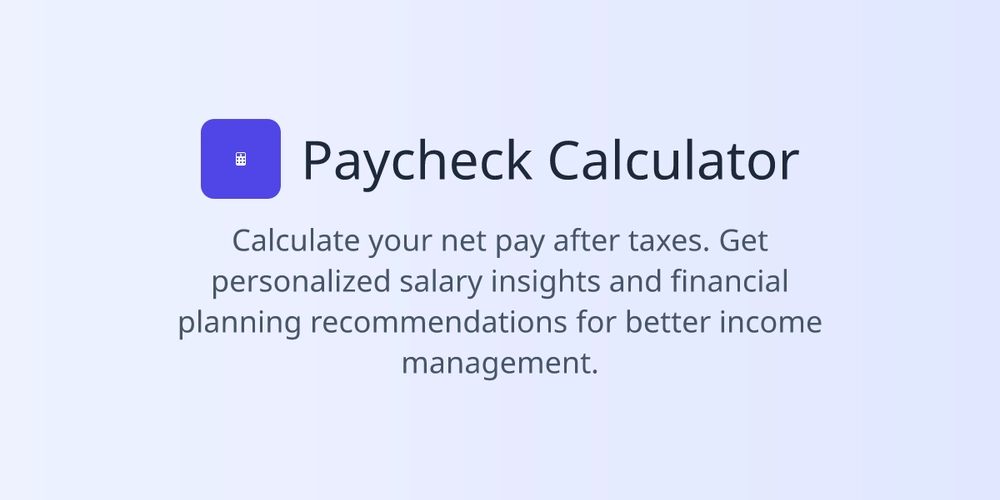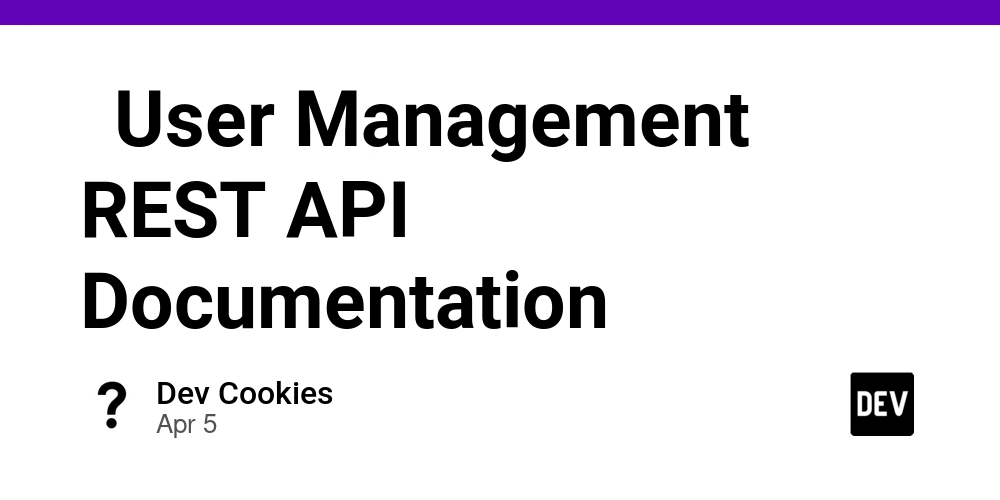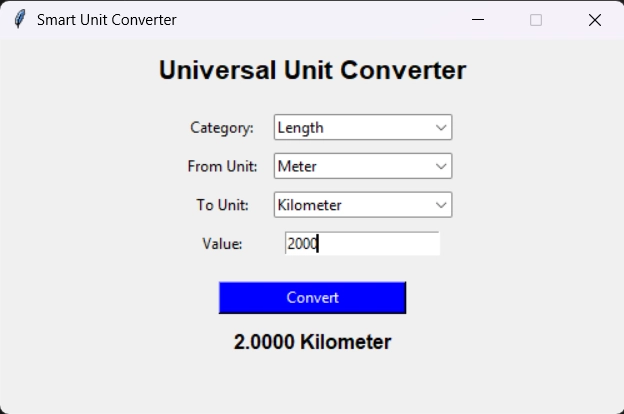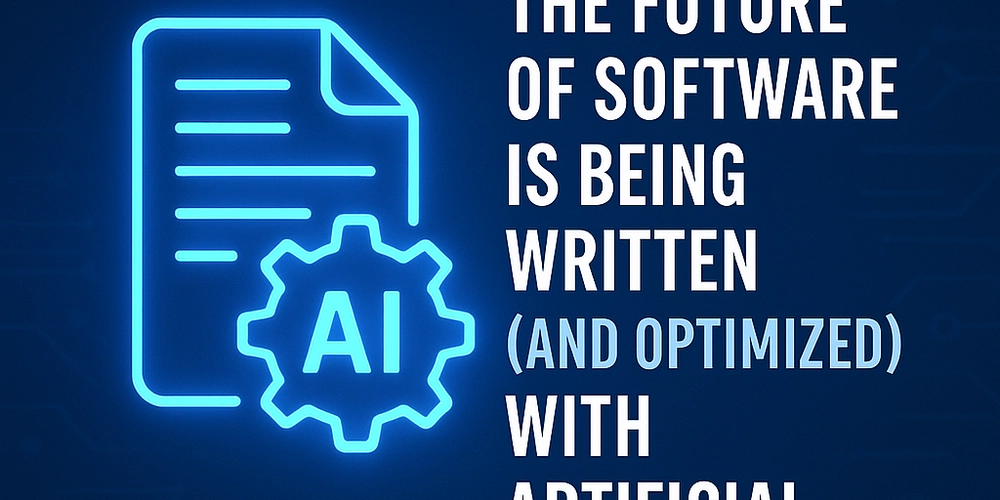Building a Paycheck Calculator with Next.js and Cursor AI: My Development Journey
This article shares my experience building PayCalc.net, a comprehensive paycheck calculator that helps users estimate their take-home pay after taxes across all US states. The Challenge of Accurate Paycheck Calculation Have you ever received your paycheck and wondered why the amount differs from your nominal salary? Understanding all the deductions – federal taxes, state taxes, Social Security, Medicare, retirement contributions, and more – can be overwhelming. This is exactly the problem I set out to solve with PayCalc.net. My goal was to create a tool that: Provides accurate tax estimates for all 50 US states Offers a simple, intuitive interface Educates users about different components of their paycheck Loads quickly and works seamlessly on all devices Tech Stack Selection For this project, I chose the following technologies: Next.js 15 - For its app router, server components, and SEO benefits React 19 - For building a responsive and interactive UI TypeScript - For type safety and better developer experience Tailwind CSS - For rapid UI development without leaving HTML Cursor AI - For AI pair programming assistance Let's dive into how each technology contributed to the final product, with a special focus on how Cursor AI revolutionized my development workflow. Setting Up the Project Structure I started with a clean Next.js 15 project using the App Router. Here's how I organized the codebase: paycheck-calculator/ ├── src/ │ ├── app/ # Next.js App Router pages │ ├── components/ # React components │ ├── lib/ # Utility functions and calculation logic │ ├── content/ # Markdown content │ └── config/ # Configuration data This structure helped me maintain separation of concerns and made the codebase more maintainable. How Cursor AI Transformed My Development Workflow The game-changer in this project was using Cursor AI as my development partner. Here's how it drastically improved my workflow: 1. Rapid Component Prototyping One of the most time-consuming aspects of front-end development is creating initial component structures. With Cursor AI, I could describe what I needed in natural language: "Create a calculator form component that includes fields for income type (salary/hourly), amount, filing status, and state selection with proper TypeScript types" Cursor would then generate a well-structured, TypeScript-safe component that I could immediately start refining. 2. Complex Tax Calculation Logic Paycheck calculation involves intricate tax rules that vary by state. Instead of manually implementing all the tax brackets and rules, I described the requirements to Cursor AI: "Implement a function that calculates federal income tax based on 2024 tax brackets for different filing statuses (single, married filing jointly, etc.)" Cursor generated accurate tax calculation functions that included conditional logic for different income levels and filing statuses, saving me hours of research and implementation time. 3. Responsive Design Implementation Tailwind CSS is fantastic, but remembering all the utility classes can be challenging. Cursor AI helped me implement responsive designs much faster: "Create a responsive results card that shows the breakdown of taxes on mobile and desktop" It would suggest the right combination of Tailwind classes for different screen sizes, helping me achieve a polished UI in less time. 4. Bug Fixing and Code Refactoring When I encountered bugs, Cursor AI was invaluable for troubleshooting: "The calculation isn't accounting for the Social Security tax cap. Fix the calculation to ensure that Social Security tax only applies to income up to $168,600 (2024 limit)" Cursor would analyze my code, identify the issue, and suggest a specific fix—often finding edge cases I hadn't considered. Key Implementation Challenges Dynamic State Tax Calculations One of the biggest challenges was implementing accurate state tax calculations. Each state has its own tax system, with some using flat rates and others using progressive brackets. Some states have no income tax at all! // Simplified example of how we handle state taxes const calculateStateTax = ( income: number, stateCode: string, filingStatus: string ) => { const stateRates = stateTaxRates[stateCode]; // Handle states with no income tax if (!stateRates || stateRates.type === "none") { return 0; } // Handle flat tax states if (stateRates.type === "flat") { return income * stateRates.rate; } // Handle progressive tax states if (stateRates.type === "progressive") { const brackets = stateRates.brackets[filingStatus]; // Calculate using brackets // ... } }; Cursor AI helped me implement this logic by generating the state-specific tax calculation functions and ensuring

This article shares my experience building PayCalc.net, a comprehensive paycheck calculator that helps users estimate their take-home pay after taxes across all US states.
The Challenge of Accurate Paycheck Calculation
Have you ever received your paycheck and wondered why the amount differs from your nominal salary? Understanding all the deductions – federal taxes, state taxes, Social Security, Medicare, retirement contributions, and more – can be overwhelming.
This is exactly the problem I set out to solve with PayCalc.net. My goal was to create a tool that:
- Provides accurate tax estimates for all 50 US states
- Offers a simple, intuitive interface
- Educates users about different components of their paycheck
- Loads quickly and works seamlessly on all devices
Tech Stack Selection
For this project, I chose the following technologies:
- Next.js 15 - For its app router, server components, and SEO benefits
- React 19 - For building a responsive and interactive UI
- TypeScript - For type safety and better developer experience
- Tailwind CSS - For rapid UI development without leaving HTML
- Cursor AI - For AI pair programming assistance
Let's dive into how each technology contributed to the final product, with a special focus on how Cursor AI revolutionized my development workflow.
Setting Up the Project Structure
I started with a clean Next.js 15 project using the App Router. Here's how I organized the codebase:
paycheck-calculator/
├── src/
│ ├── app/ # Next.js App Router pages
│ ├── components/ # React components
│ ├── lib/ # Utility functions and calculation logic
│ ├── content/ # Markdown content
│ └── config/ # Configuration data
This structure helped me maintain separation of concerns and made the codebase more maintainable.
How Cursor AI Transformed My Development Workflow
The game-changer in this project was using Cursor AI as my development partner. Here's how it drastically improved my workflow:
1. Rapid Component Prototyping
One of the most time-consuming aspects of front-end development is creating initial component structures. With Cursor AI, I could describe what I needed in natural language:
"Create a calculator form component that includes fields for income type (salary/hourly),
amount, filing status, and state selection with proper TypeScript types"
Cursor would then generate a well-structured, TypeScript-safe component that I could immediately start refining.
2. Complex Tax Calculation Logic
Paycheck calculation involves intricate tax rules that vary by state. Instead of manually implementing all the tax brackets and rules, I described the requirements to Cursor AI:
"Implement a function that calculates federal income tax based on 2024 tax brackets
for different filing statuses (single, married filing jointly, etc.)"
Cursor generated accurate tax calculation functions that included conditional logic for different income levels and filing statuses, saving me hours of research and implementation time.
3. Responsive Design Implementation
Tailwind CSS is fantastic, but remembering all the utility classes can be challenging. Cursor AI helped me implement responsive designs much faster:
"Create a responsive results card that shows the breakdown of taxes on mobile and desktop"
It would suggest the right combination of Tailwind classes for different screen sizes, helping me achieve a polished UI in less time.
4. Bug Fixing and Code Refactoring
When I encountered bugs, Cursor AI was invaluable for troubleshooting:
"The calculation isn't accounting for the Social Security tax cap. Fix the calculation
to ensure that Social Security tax only applies to income up to $168,600 (2024 limit)"
Cursor would analyze my code, identify the issue, and suggest a specific fix—often finding edge cases I hadn't considered.
Key Implementation Challenges
Dynamic State Tax Calculations
One of the biggest challenges was implementing accurate state tax calculations. Each state has its own tax system, with some using flat rates and others using progressive brackets. Some states have no income tax at all!
// Simplified example of how we handle state taxes
const calculateStateTax = (
income: number,
stateCode: string,
filingStatus: string
) => {
const stateRates = stateTaxRates[stateCode];
// Handle states with no income tax
if (!stateRates || stateRates.type === "none") {
return 0;
}
// Handle flat tax states
if (stateRates.type === "flat") {
return income * stateRates.rate;
}
// Handle progressive tax states
if (stateRates.type === "progressive") {
const brackets = stateRates.brackets[filingStatus];
// Calculate using brackets
// ...
}
};
Cursor AI helped me implement this logic by generating the state-specific tax calculation functions and ensuring all edge cases were handled correctly.
SEO Optimization with Dynamic Routes
To maximize SEO, I wanted to create state-specific pages with unique meta tags and content. Next.js's dynamic routes were perfect for this:
// src/app/[state]/page.tsx
export function generateStaticParams() {
return getAllStateCodes().map((code) => ({ state: code }));
}
export async function generateMetadata(props: {
params: Promise<{ state: string }>;
}): Promise<Metadata> {
const params = await props.params;
const stateCode = params.state.toLowerCase();
const stateName = getStateName(stateCode);
const taxRate = getStateTaxRate(stateCode);
return {
title: `${stateName} Paycheck Calculator | Calculate Your Take-Home Pay After Taxes`,
description: `Calculate your take-home pay in ${stateName} with our free paycheck calculator. Estimate federal and state taxes (${taxRate}), Medicare, and Social Security deductions for accurate budget planning.`,
// ...
};
}
This approach allowed me to generate 50+ state-specific pages with optimized metadata, content, and keywords—all with a single component!
Lessons Learned
1. AI Can Be a Powerful Development Partner
Cursor AI didn't replace my role as a developer—it amplified it. It handled repetitive tasks, suggested optimizations, and helped me explore different approaches faster than I could alone. This allowed me to focus on the user experience and business logic.
2. Type Safety Pays Off
TypeScript slowed me down initially but saved countless hours in debugging later. Having properly typed state, props, and functions meant fewer runtime errors and more confident refactoring.
3. Component Architecture Matters
Taking time to design reusable components paid dividends. For example, creating a flexible StateLinks component allowed me to reuse it across multiple pages with different configurations.
Future Enhancements
While the current version works well, I'm planning several enhancements:
- More detailed tax deductions - Adding options for HSA, FSA, and other pre-tax deductions
- Saving calculation history - Allowing users to save and compare different scenarios
- Mobile app version - Creating a Progressive Web App for offline access
- Tax optimization suggestions - Providing tips on how to optimize take-home pay
Conclusion
Building PayCalc.net was both challenging and rewarding. The combination of Next.js for the framework, React for the UI, and Cursor AI for development assistance proved to be extremely productive.
If you're building a complex web application, I highly recommend exploring how AI tools like Cursor can complement your development workflow. They don't replace the need for solid engineering practices, but they can significantly accelerate your progress.
Try out PayCalc.net to see the final result, and I'd love to hear your feedback or questions about the implementation in the comments!
Have you used AI tools in your development workflow? What has your experience been? Share in the comments below!











































































































































































![[The AI Show Episode 142]: ChatGPT’s New Image Generator, Studio Ghibli Craze and Backlash, Gemini 2.5, OpenAI Academy, 4o Updates, Vibe Marketing & xAI Acquires X](https://www.marketingaiinstitute.com/hubfs/ep%20142%20cover.png)




























































































































![[FREE EBOOKS] The Kubernetes Bible, The Ultimate Linux Shell Scripting Guide & Four More Best Selling Titles](https://www.javacodegeeks.com/wp-content/uploads/2012/12/jcg-logo.jpg)



![From drop-out to software architect with Jason Lengstorf [Podcast #167]](https://cdn.hashnode.com/res/hashnode/image/upload/v1743796461357/f3d19cd7-e6f5-4d7c-8bfc-eb974bc8da68.png?#)






































































































.png?#)




.jpg?#)
































_Christophe_Coat_Alamy.jpg?#)







































































































![Rapidus in Talks With Apple as It Accelerates Toward 2nm Chip Production [Report]](https://www.iclarified.com/images/news/96937/96937/96937-640.jpg)








































































































































